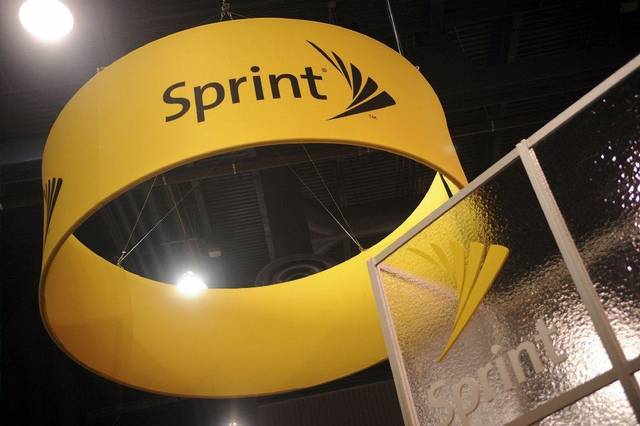
Telecom network operator Sprint has demonstrated 5G mobile technology at the 2016 Copa America Centenario tournament in Santa Clara, California.
The 5G demonstration utilized 73 GHz millimeter wavelength spectrum to deliver peak download speeds of more than 2 Gbps.
Soccer fans experienced a live streaming virtual reality system from VideoStitch that was responsive and with low lag due to the low millisecond latency of the 5G system. Spectators viewed live stream video in 4K ultra high-definition on 5G.
“We’re proud to take a leadership role as the first U.S. carrier to demonstrate 5G at a large scale public event such as Copa América Centenario,” said Günther Ottendorfer, Sprint COO, Technology.
Sprint utilized beam switching, a method of tracking the device, selecting the best antennas, and sending their signals to targeted locations. Beamforming (used today in the Sprint LTE Plus network) and beam switching are efficient methods of sending signals in specific directions to improve data throughput and overall network reliability.
Sprint’s wireless backhaul infrastructure, which already provides Gbps throughput, is expected to be deployed on a greater scale, with further enhancements for integrated access in Sprint’s future 5G network.
Sprint is currently densifying its network with the addition of various cell site solutions and smart antennas to meet future 5G demand for higher data rates per person across a given geographic location.
John Saw, Sprint CTO, said: “Our 2.5 GHz spectrum is considered low-band spectrum for 5G, and we hold more 5G capable spectrum than any other carrier. The propagation characteristics, cost curves, and more mature global ecosystem of 2.5 GHz give us great confidence in our position for 5G.”
Looking ahead, Sprint aims to leverage a multitude of advanced technologies including multiple carrier aggregation, CoMP (Co-ordinated Multi-Point) with coordinated beamforming, and massive MIMO (multiple-input, multiple-output) to enhance the capacity and coverage of its 2.5 GHz TDD-LTE spectrum.
Sprint competes with Verizon, T-Mobile and AT&T in the U.S. wireless market. Sprint is a subsidiary of Japan’s SoftBank. Sprint is currently the fourth largest wireless operator in the U.S.





